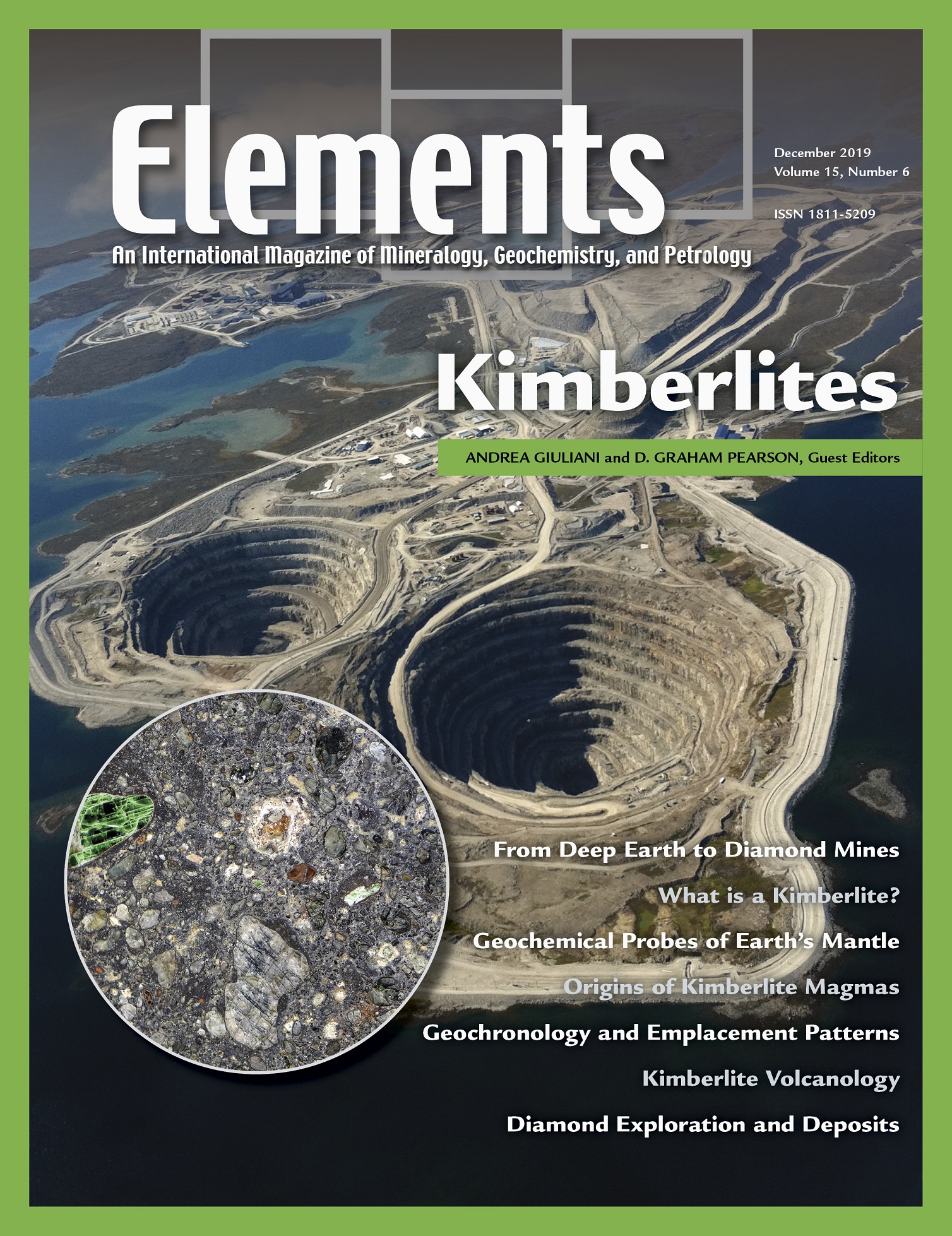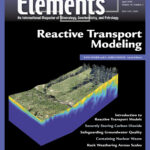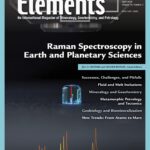Kimberlites, December 2019, Vol. 15, No. 6
$20.00
Kimberlites are the most deeply derived of all volcanic rocks, as well as the host rock for most of the world’s diamond mines. Kimberlites, therefore, provide unique snap-shots of magma genesis and mantle evolution in the deep Earth well into the diamond stability field (>150 km and, potentially, >700 km).
Kimberlites
December 2019, Vol. 15, No. 6
Kimberlites are the most deeply derived of all volcanic rocks, as well as the host rock for most of the world’s diamond mines. Kimberlites, therefore, provide unique snap-shots of magma genesis and mantle evolution in the deep Earth well into the diamond stability field (>150 km and, potentially, >700 km). Despite over 100 years of study, the origin of this complex rock-type remains the subject of intense debate. This thematic issue summarizes current knowledge and controversies on kimberlite formation, including key aspects of the petrology, geochemistry and volcanology of these unique rocks. It shows how kimberlites can be successfully dated, and explore links between the temporal and spatial distribution of kimberlites and known geological events. Diamond exploration and resource evaluation methods are reviewed to demonstrate the inextricable link between an accurate understanding of the characteristics of kimberlites, their entrained mantle cargo, and diamonds.
Why You’ll Love Elements Magazine:
- Expert Contributors: Articles written by renowned researchers in the field of geoscience.
- Engaging Content: Join a community of readers who are passionate about Elements.
- Exceptional Quality: Each issue is printed on high-quality paper with stunning visuals and detailed illustrations that bring complex scientific concepts to life.
Order your copy of the December 2019 issue of Elements magazine today and explore kimberlites.
Related products
-
Early Earth, August 2006, Vol. 2, No. 4
$20.00The earliest Earth was a strange inhospitable world, yet transitions occurred culminating in the evolution of life within the first billion years. The preservation of a sparse and ambiguous rock record has encouraged debate.
-
Phosphates And Global Sustainability, April 2008, Vol. 4, No. 2
$20.00Phosphorus is a unique element: it is essential to the existence of all living forms, and as such controls biological productivity in many terrestrial and marine environments; but when in excess, it leads to uncontrollable biological growth and water-quality problems. This has become a common environmental issue, resulting from our careless use of phosphorus in agriculture, yet phosphate ore deposits, from which fertilizers are produced, are a finite natural resource.
-
Carbon Dioxide Sequestration, October 2008, Vol. 4, No. 5
$20.00Storage of carbon in the subsurface involves introduction of supercritical CO2 into rock formations beneath the surface of the Earth, typically at depths of 1000 to 4000 meters. Although CO2 is a relatively benign substance, the volume being considered is large.






